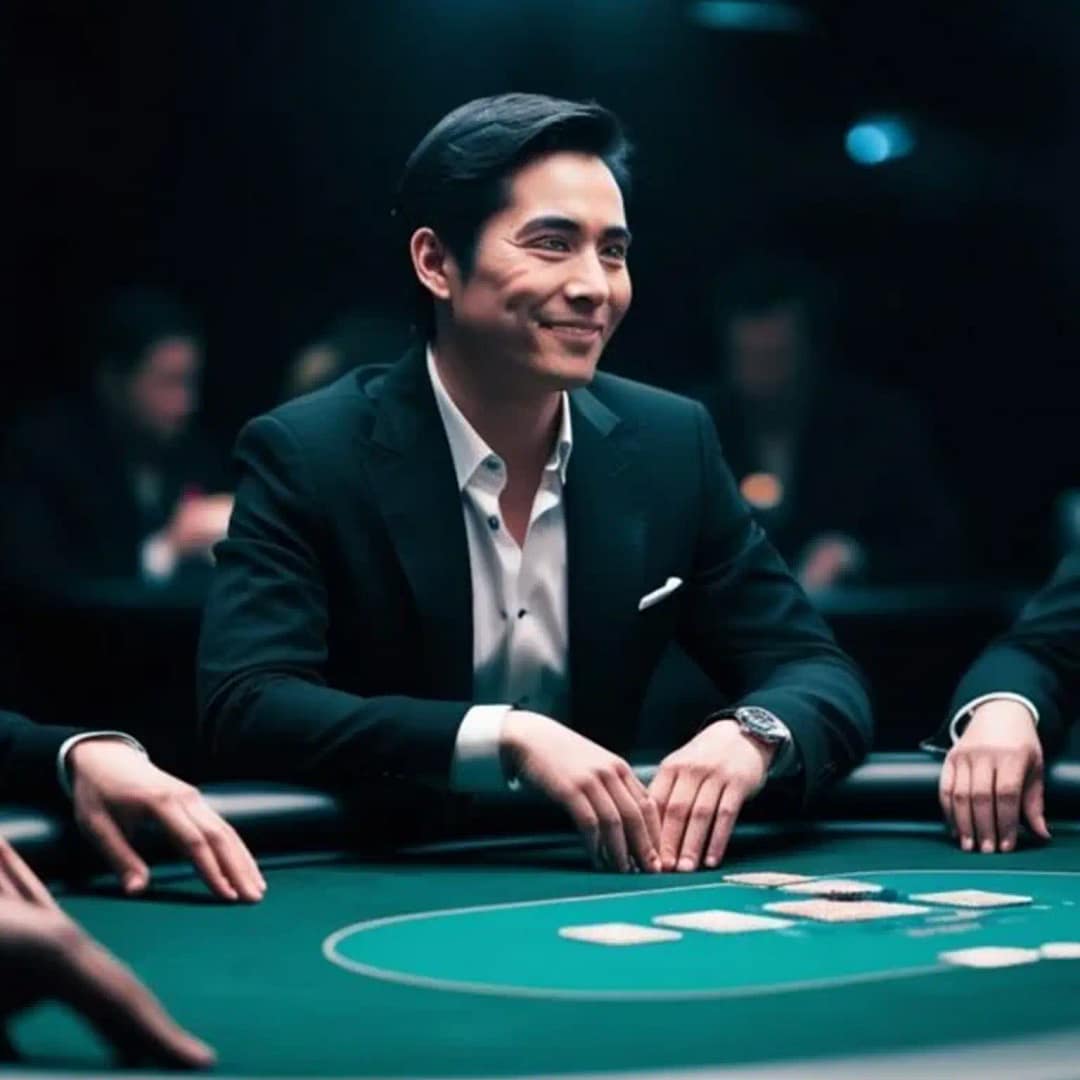
Bluffing is one of the most thrilling aspects of poker, where players use psychology, strategy, and a touch of daring to deceive their opponents. But did you know that the skills used to spot a bluff at the poker table can also be applied in real-life situations? Whether you’re negotiating a deal, navigating a social interaction, or reading subtle cues in a conversation, the ability to detect a bluff is a powerful tool. Let’s dive into how to spot a bluff in poker and how these same techniques can help you become a master at uncovering the truth in everyday life.
1. Understanding the Basics of a Bluff
Before you can spot a bluff, it’s essential to understand what bluffing is. In poker, bluffing involves presenting a false narrative—making others believe you have a stronger hand than you do. This is achieved through actions, behavior, and psychological manipulation.
For a deeper dive into the game itself, check out The Thrilling World of Poker: A Closer Look.
In real life, bluffing follows the same principles. People may exaggerate, omit details, or project confidence to mask weaknesses or intentions. Recognizing the signs of a bluff is about picking up on inconsistencies and subtle tells.
2. Spotting a Bluff at the Poker Table
Here are some classic tells and strategies to identify when a player might be bluffing:
A. Physical Tells
Body language often reveals what words or actions try to hide. Look for:
- Fidgeting or Overstated Confidence: A player might touch their face, shuffle their chips nervously, or sit unnaturally still to mask discomfort.
- Avoiding Eye Contact: While some players intentionally avoid eye contact, this can still be a clue for less experienced bluffers.
- Rapid Breathing or Sweating: Signs of adrenaline and nervousness often accompany bluffing.
B. Betting Patterns
The way a player bets can reveal their intentions:
- Unusual Bets: Abrupt changes in betting style, like suddenly raising significantly, can indicate a bluff.
- Overcompensation: A bluffer might bet aggressively to scare others into folding.
If you want to refine these skills further, check out this guide: How to Spot a Bluff Like a Pro at Any Poker Table.
C. Verbal Tells
Players who talk excessively or try to steer the conversation may be trying to distract you:
- Defensive or Overexplaining: Bluffers may justify their bets too much.
- Reverse Psychology: Comments like, “I don’t think I can beat you,” might be an attempt to mislead.
3. Applying Poker Bluff Detection in Real Life
The skills you develop for spotting bluffs in poker can serve you well in everyday interactions. Here’s how:
A. Detecting Dishonesty in Conversations
Just like at the poker table, physical tells can indicate when someone isn’t being truthful:
- Inconsistent Body Language: Watch for gestures that contradict their words, such as shaking their head while saying “yes.”
- Microexpressions: Brief flashes of emotions, like fear or guilt, can betray what someone is truly feeling.
B. Spotting Bluffing in Negotiations
In business or personal negotiations, bluffing is common. Apply these techniques:
- Exaggerated Claims: If the other party seems too confident or makes extreme statements, they may be bluffing to gain leverage.
- Delays and Deflections: Hesitation or changing the subject can signal discomfort or dishonesty.
C. Reading Social Situations
Bluffing isn’t always malicious—it’s often used to navigate social dynamics. Use your skills to understand others better:
- Gauge Intentions: When someone appears overly enthusiastic or evasive, consider whether they’re masking true intentions.
- Listen for Overcompensation: Just as in poker, people may talk too much to hide their insecurities.
4. Building Your Bluff Detection Skills
A. Observe Closely
Whether in poker or real life, being observant is your strongest tool. Pay attention to:
- Patterns: Everyone has unique tendencies. The better you know someone’s usual behavior, the easier it is to spot deviations.
- Subtle Changes: Small shifts in tone, posture, or word choice can reveal hidden truths.
B. Practice Emotional Detachment
Reacting emotionally can cloud your judgment. Stay calm and focused, analyzing behavior objectively.
C. Ask Questions
In real life, probing deeper into a topic can reveal inconsistencies:
- In Poker: Casual conversation at the table can distract or unsettle bluffers.
- In Real Life: Asking for clarification or details can expose shaky narratives.
Poker tournaments across Europe are a great way to sharpen these skills while experiencing top-level competition. Learn more about the European Poker Circuit.
5. When to Call the Bluff
Knowing when to call someone out, whether at the poker table or in real life, is just as important as spotting the bluff. Timing and context are key:
- In Poker: Consider the risk versus reward. Is it worth staying in the hand to expose the bluff, or is folding a safer choice?
- In Real Life: Assess the stakes of the situation. If calling out the bluff could damage a relationship or escalate conflict, proceed tactfully.
6. Mastering the Art of Bluffing Yourself
As you become skilled at spotting bluffs, you’ll also improve your ability to bluff effectively. Use these tips:
- Control Your Body Language: Practice maintaining a calm demeanor and consistent gestures.
- Use Misdirection: Divert attention away from your weaknesses by focusing on your strengths.
- Practice Confidence: In both poker and life, a confident bluff is often a successful one.
7. Why Bluff Detection is a Life Skill
The ability to detect bluffs goes beyond poker and negotiations. It helps you:
- Build Trust: By understanding others’ intentions, you can foster stronger relationships.
- Make Better Decisions: Spotting deception allows you to act on facts rather than assumptions.
- Strengthen Emotional Intelligence: Reading subtle cues enhances your understanding of people’s feelings and motivations.
For more insights and strategies, explore the full range of articles at LetsGoPoker.
8. Final Thoughts: The Power of Perception
Mastering the art of spotting a bluff is a game-changer, both at the poker table and in life. It hones your observation skills, strengthens your emotional intelligence, and gives you the confidence to navigate tricky situations. Whether you’re facing a high-stakes poker hand, a business deal, or a personal challenge, the ability to uncover hidden truths can be your greatest advantage. So next time you’re at the table, or negotiating a raise, keep your eyes sharp, your mind calm, and your instincts tuned. The truth is often hidden in plain sight; you just have to know where to look.

